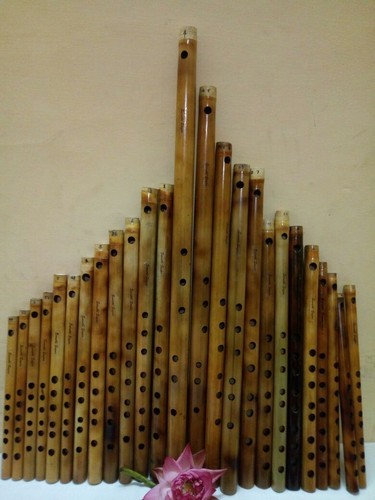FWP:
SETS
MADNESS: {14,3}
MUSIC: {10,3}
For background see S. R. Faruqi's choices. This verse is NOT one of his choices; I thought it was interesting and have added it myself. For more on Ghalib's unpublished verses, see the discussion in {4,8x}.
The idea of course is that the effort of restraint is so great, and the inward lament so potent, that every hair on the mad lover's body stands up. When the tiny hairs stand up straight, they resemble reed-flutes both in shape and in musical potential. Thus the body creates, in effect, a reed-thicket.
Compare {10,3}, a more dramatic treatment of a very similar theme, with discussion of the reed-thicket imagery.
Zamin is right to complain about the beginning of the second line; I'm surprised that Asi and Gyan Chand don't seem to be bothered by it. But I take it to be yak-naalah bai;Thiye , meaning to sit in such a state of madly suppressed lament that one becomes, in effect, wholly a lament. That is, I'm interpreting the yak idiomatically, the way ek is often used; for more on this see {78,6}.
Modern South Indian reed flutes:

Asi:
From the restraining of madness, from every hair on my body a single melody is emerging. And such a mood has come to exist that if I would sit for a little while then the mood of a reed-thicket would come about.
== Asi, p. 216